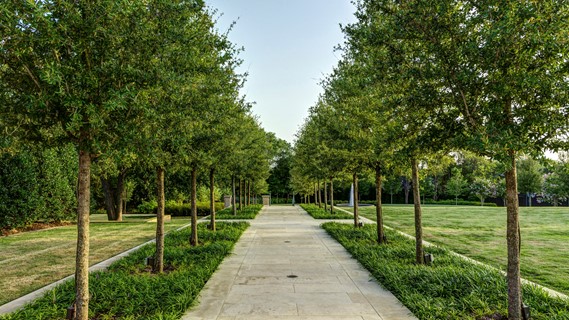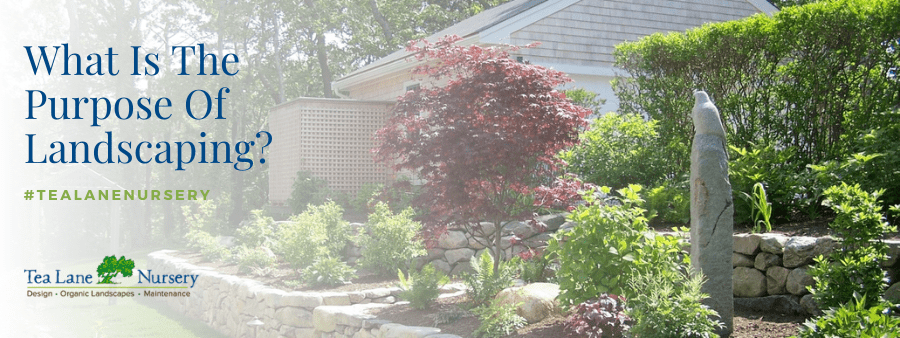7 Simple Techniques For Hilton Head Landscapes
Table of ContentsHilton Head Landscapes Things To Know Before You BuyFascination About Hilton Head LandscapesLittle Known Questions About Hilton Head Landscapes.Indicators on Hilton Head Landscapes You Need To KnowHilton Head Landscapes for DummiesThings about Hilton Head LandscapesUnknown Facts About Hilton Head LandscapesAbout Hilton Head Landscapes
Form compatibility is also a major element of unity in designone or 2 strikingly different types benefit contrast and emphasis, but generally all various other kinds need to have some resemblances for a combined look. Texture refers to just how crude or great the surface of the plant or hardscape material feels and/or looks.
Examples of plants with coarse appearance include philodendrons, agaves, bromeliads, hollies, hands, and hydrangeas. Features that develop fine appearance consist of small foliage; slim, strappy fallen leaves (lawns) or high, slim stems; tiny, thick branches and small branches; long stems (vines); and little, fragile flowers.
The Definitive Guide to Hilton Head Landscapes
Most plants are moderate texture, in that they can not be explained as having either coarse or fine appearance. Medium-textured plants act as a background to web link and unify the rugged- and fine-textured plants.

To make an area feel smaller, position the rugged structures along the outer border and the great structures closest to the visitor. The information of the rugged structure makes the plants appear closer and makes the room really feel smaller. The perceived texture of plants can additionally transform with the distance from the plant.
Getting My Hilton Head Landscapes To Work
Strong shades boost the contrast and make the structure show up coarser, while muted shades can squash texture. Hardscape with a crude texturesuch as extremely rough rocks and vibrant, large timberstends to make all plant material show up much more moderate textured. Designers frequently create a texture research study (Number 8) on paper to help determine the plan of plant products.
Color in plant material and hardscape adds rate of interest and range to the landscape. Color is the most obvious component in the landscape and is usually the emphasis of most property owners; nonetheless, it is also the most short-lived element, normally lasting only a few weeks a year for private plants.
The 30-Second Trick For Hilton Head Landscapes
A basic description of the shade wheel consists of the 3 primaries of red, blue, and yellow; the three secondary shades (a mix of 2 primaries) of eco-friendly, orange, and violet; and 6 tertiary shades (a mix of one surrounding primary and second shade), such as red-orange. Color concept discusses the connection of shades to each various other and just how they should be used in a make-up.

Comparable (sometimes called unified) color pattern are any type of three to 5 shades that are nearby on the shade wheel, such as red, red-orange, orange, yellow-orange, and yellow, or blue, blue-violet, and violet (landscaping hilton head sc). The shades relate to every other since they commonly include two primaries mixed to develop an additional and 2 tertiary shades, which means they share usual homes
They tend to have high contrast between them. One of the most usual collections are violet and yellow, red and environment-friendly, and blue and orange. Complementary shades are often discovered naturally in blossoms; a common pair is yellow and violet. Color is found in the blossoms, vegetation, bark, and fruit of plants.
Our Hilton Head Landscapes Statements
Eco-friendly foliage in all its numerous shades is the leading color by amount, but various other check colors record attention quicker because of their high comparison to the color environment-friendly. Shade is also discovered in buildings, rocks, pavers, wood, and furnishings. Many shades in natural products, such as stone and timber, are usually low-key and have a tendency to be variants of brown, tan, and light yellow.
Color is a crucial element for producing rate of interest and selection in the landscape. Shades have homes that can influence feelings, spatial assumption, light quality, balance, and emphasis. One residential property of color is described about temperaturecolors seem trendy or warm and can affect emotions or feelings. Awesome colors have a tendency to be soothing and must be utilized in locations for leisure and peacefulness.
The Of Hilton Head Landscapes
Great colors often tend to recede and are regarded as being farther away, making an area feel larger. Shade can also be made use of to capture interest and straight views.
As an example, bright yellow, which has the highest possible strength, also has a high contrast with all various other colors (usually called a "pop" of shade) and ought to be conserved. A small quantity of intense color has as much aesthetic weight as a huge amount of an extra controlled or weak shade.
Similar (in some cases called unified) color systems are any three to five colors that are surrounding on the color wheel, such as red, red-orange, orange, yellow-orange, and yellow, or blue, blue-violet, and violet. The shades relate per other because they normally consist of two primaries blended to create a secondary and 2 tertiary shades, which indicates they share usual buildings.
Hilton Head Landscapes for Dummies
They tend to have high contrast in between them. One of the most usual sets are violet and yellow, red and environment-friendly, and blue and orange. Complementary shades are commonly found naturally in blossoms; an usual pair is yellow and violet. Color is found in the blossoms, vegetation, bark, and fruit of plants.
Eco-friendly foliage in all its numerous tones is the leading color by amount, however various other shades capture attention quicker since of their high contrast to the shade green - bluffton landscaping - https://plant-waitress-d90.notion.site/Transform-Your-Outdoors-with-Hilton-Head-Landscapes-174812708a624c49ad532d2e0de1d93f. Color is also found in buildings, rocks, pavers, timber, and furniture. Most shades in natural products, such as stone and timber, are commonly low-key and have a tendency to be variations of brownish, tan, and pale yellow
The 8-Second Trick For Hilton Head Landscapes
Color is a vital aspect for developing rate of interest and selection in the landscape. Colors have homes that can influence feelings, spatial perception, light quality, equilibrium, and focus. One residential property of color is explained loved one to temperaturecolors appear to be great or cozy and can affect emotions or sensations. Cool colors have a tendency to be relaxing and should be utilized in locations for leisure and serenity.
The "temperature" of colors can likewise impact the assumption of range. Awesome colors often tend to recede and are perceived as being farther away, making an area really feel larger. Warm colors have a tendency to development and are perceived as being closer, making a space feel smaller. Color can also be made use of to record focus and straight sights.
Intense yellow, which has the highest possible strength, likewise has a high contrast with all other shades (commonly explained as a "pop" of color) and should be used moderately. A little amount of extreme shade has as much visual weight as a large quantity of a much more controlled or weaker shade.